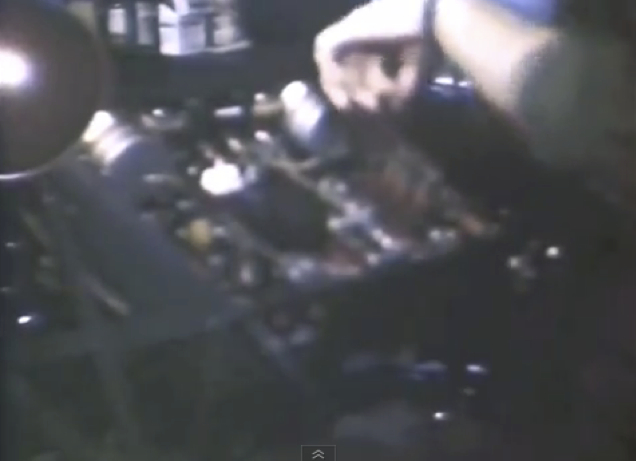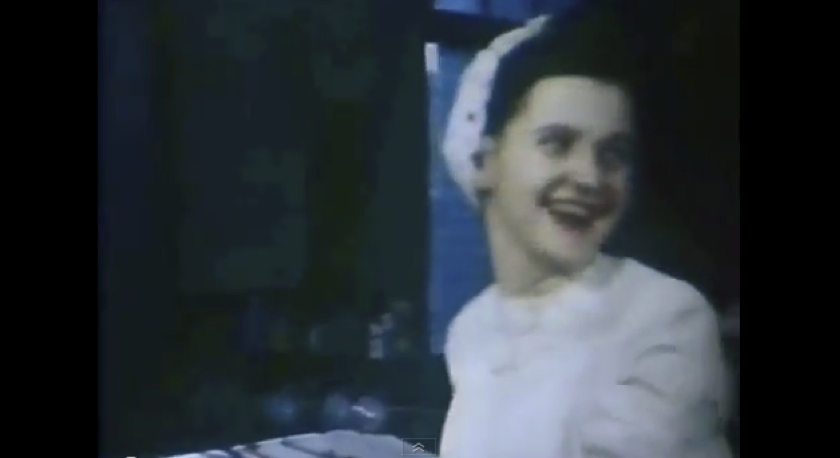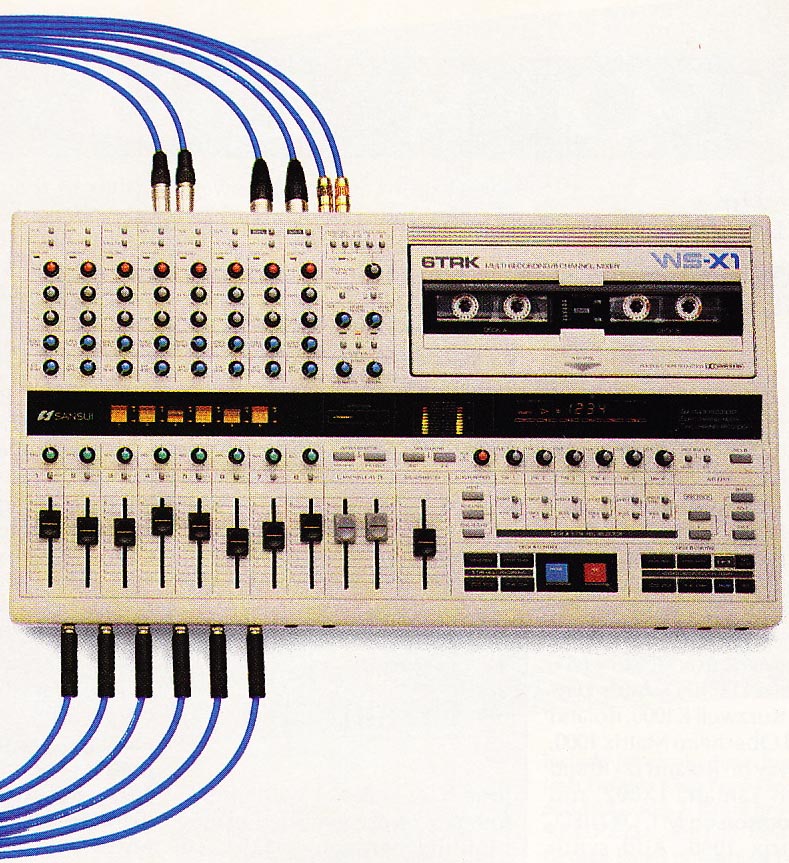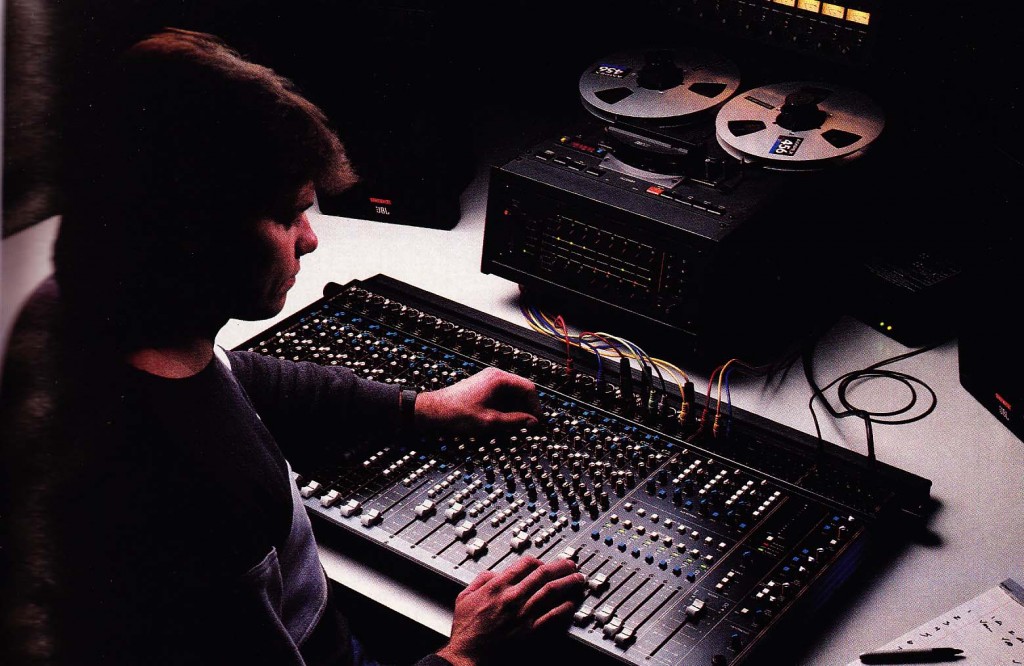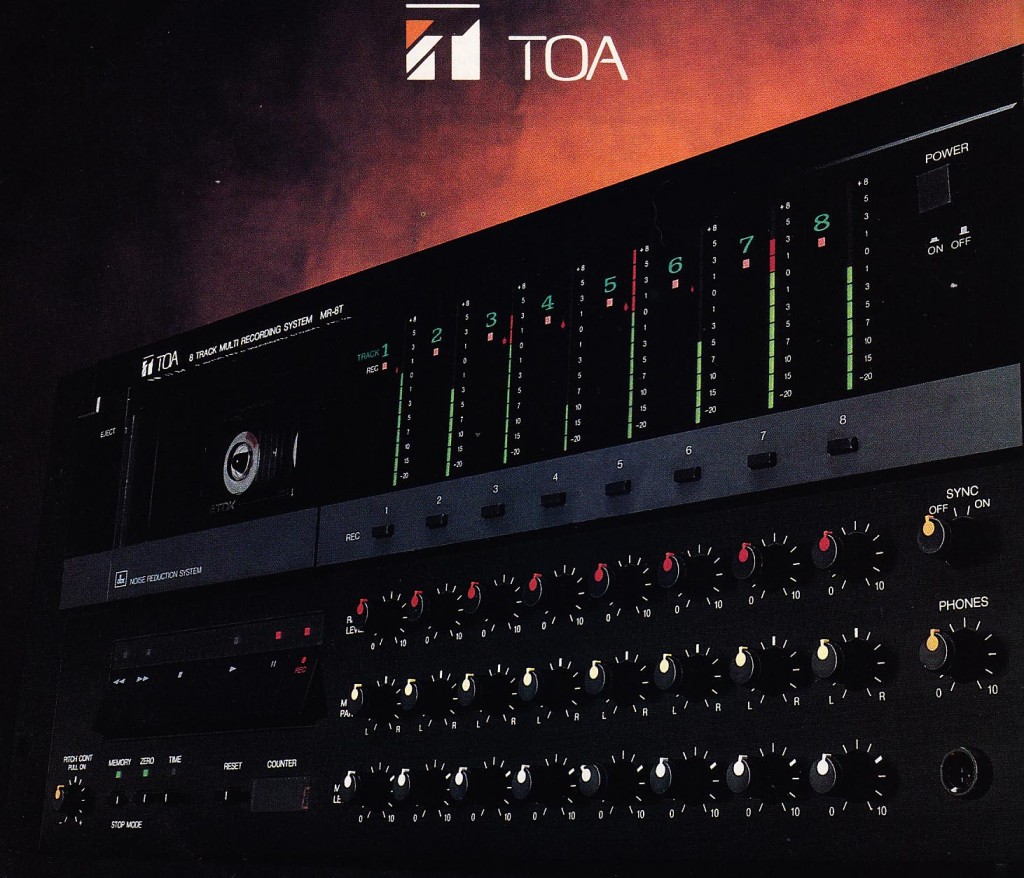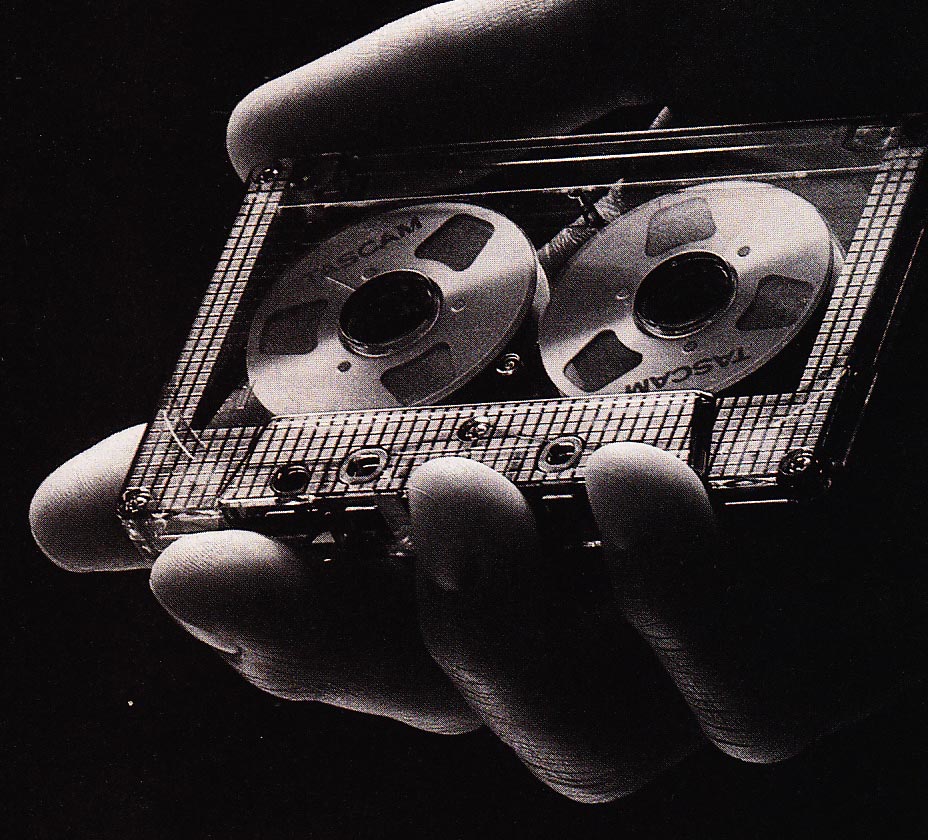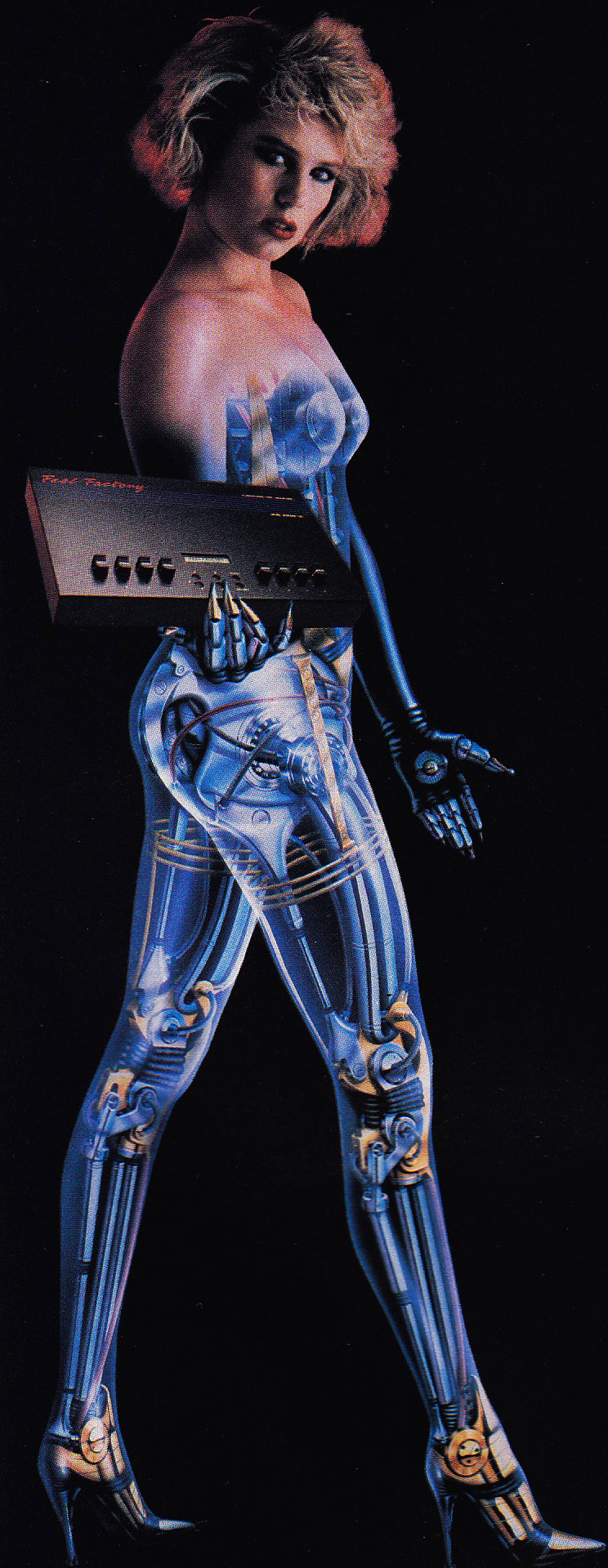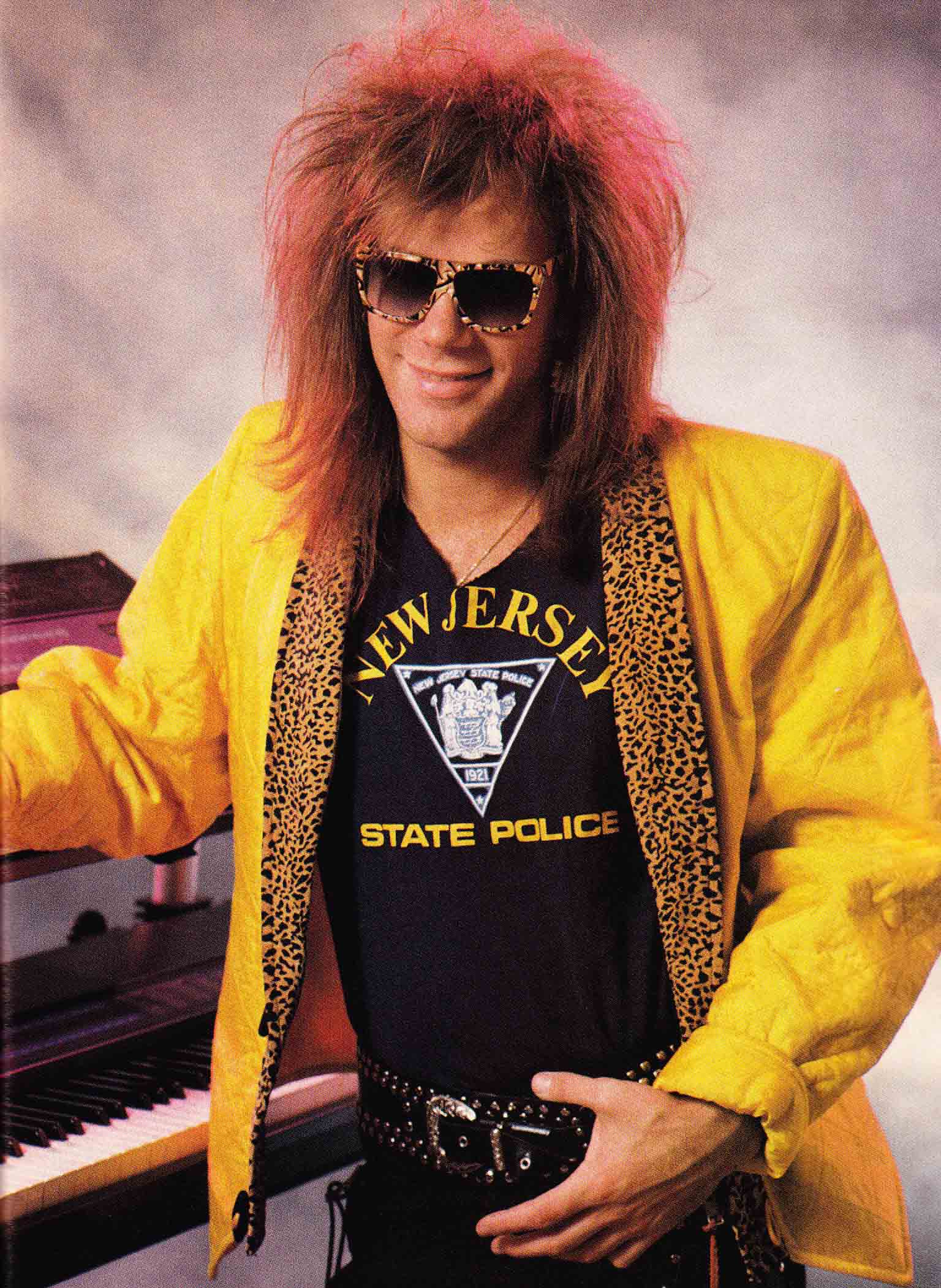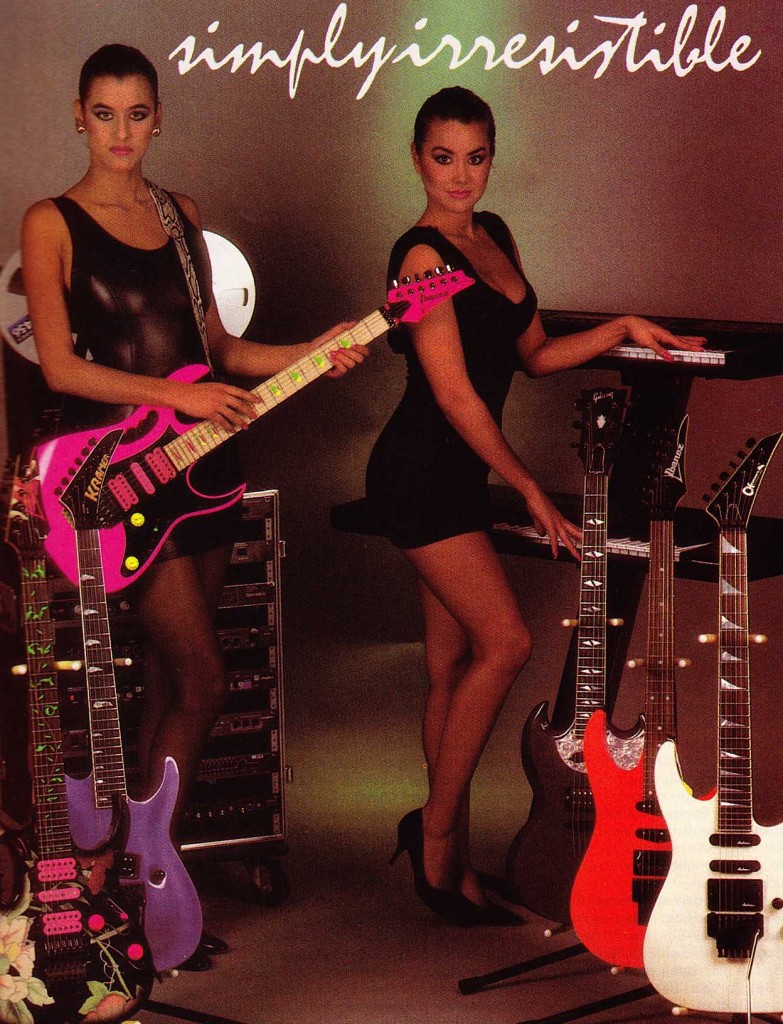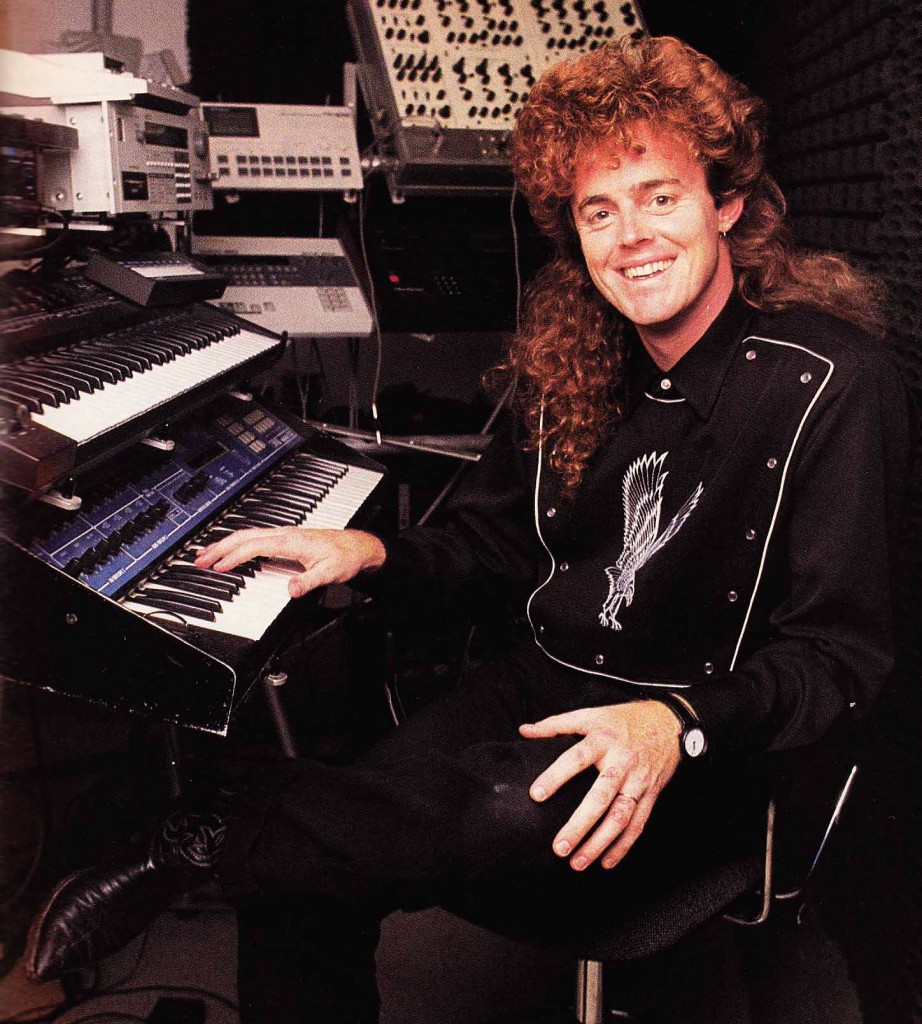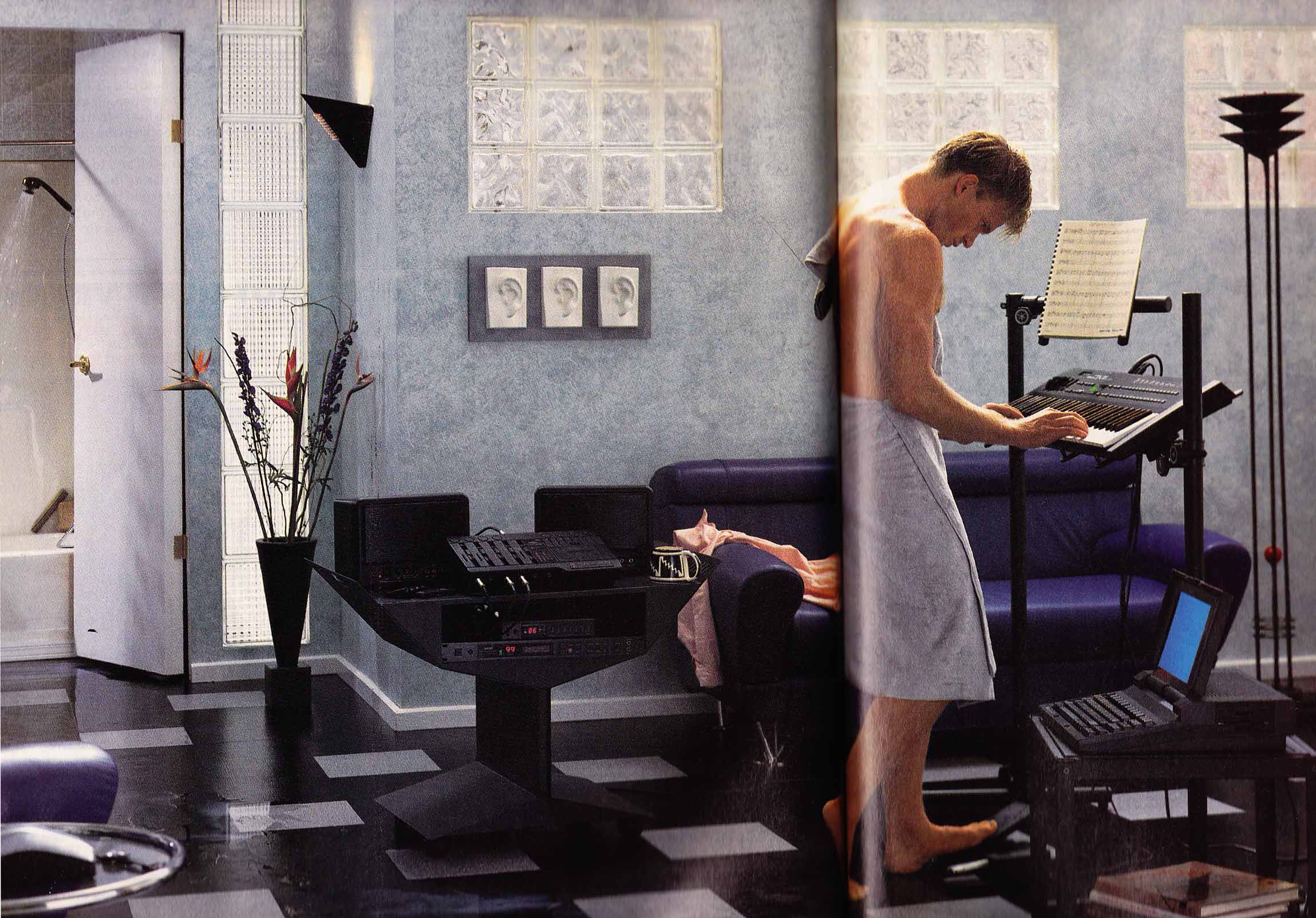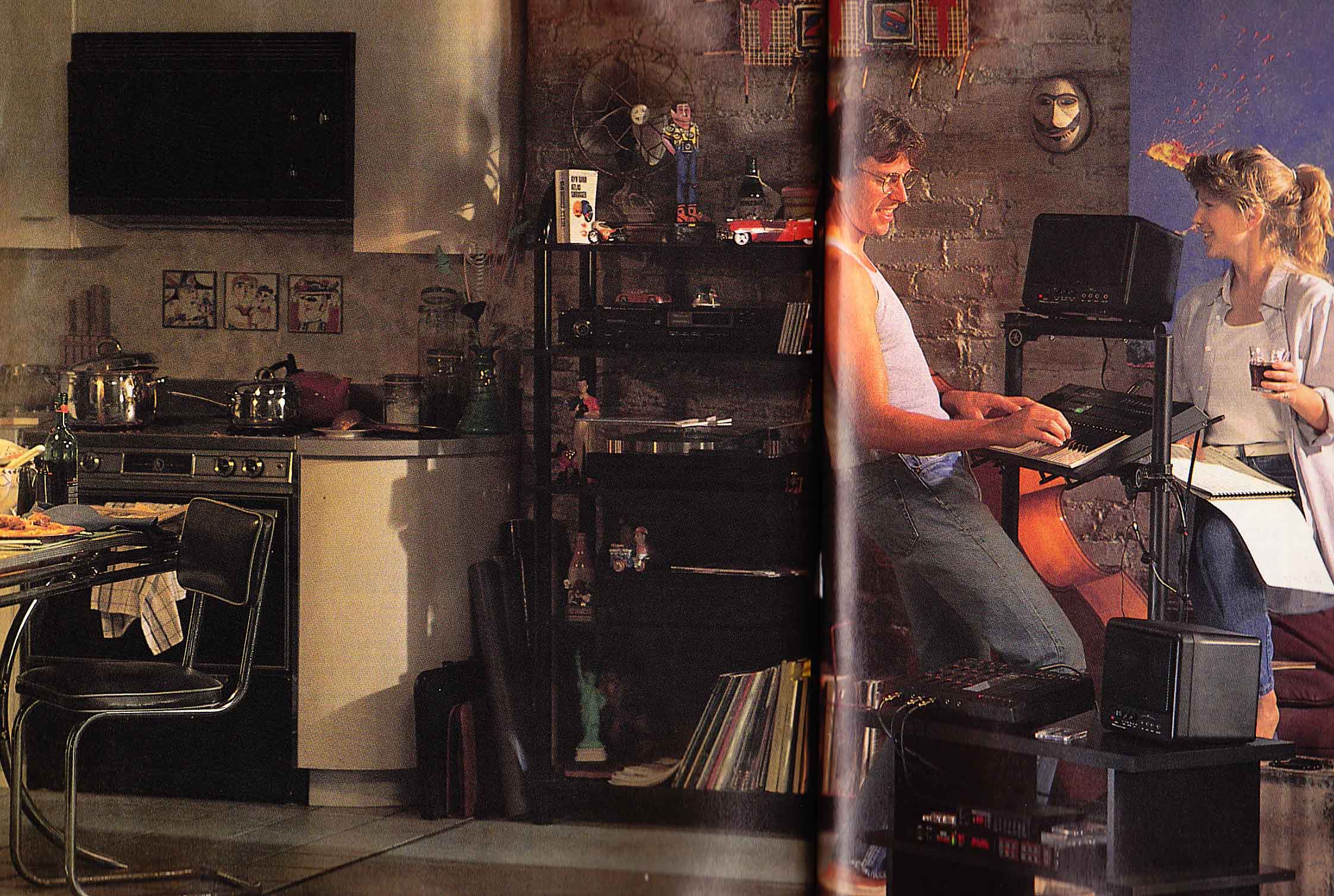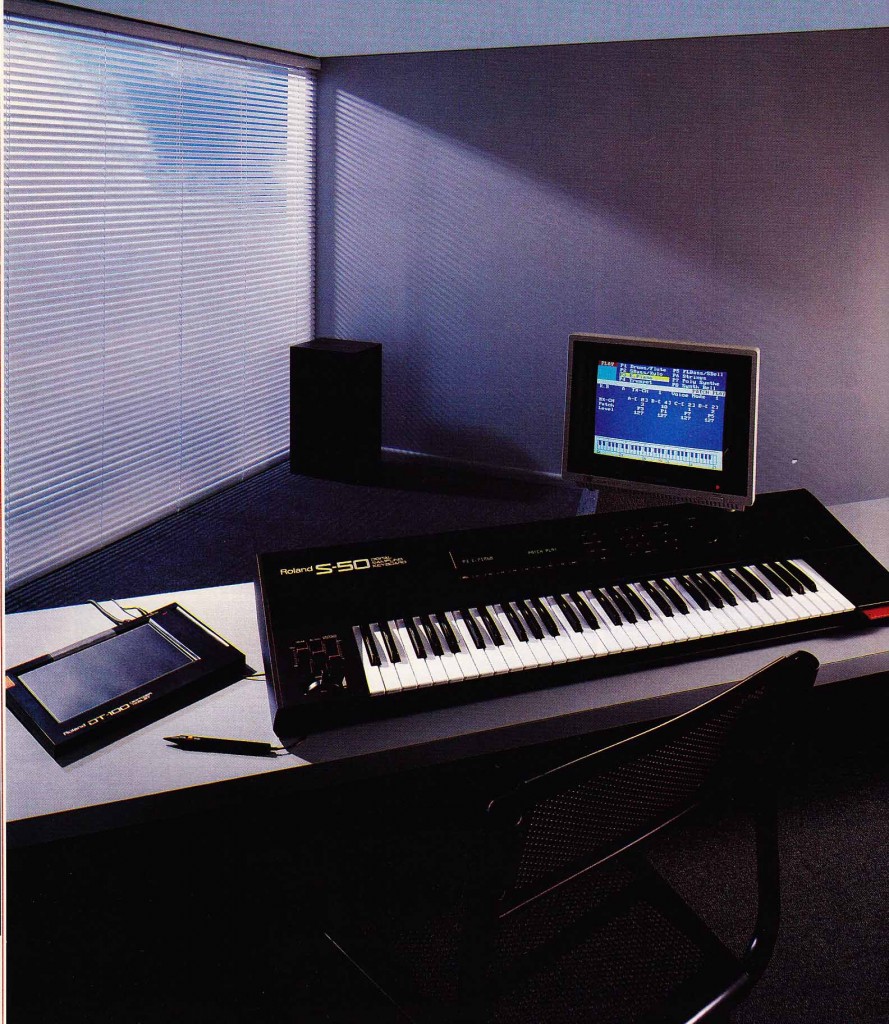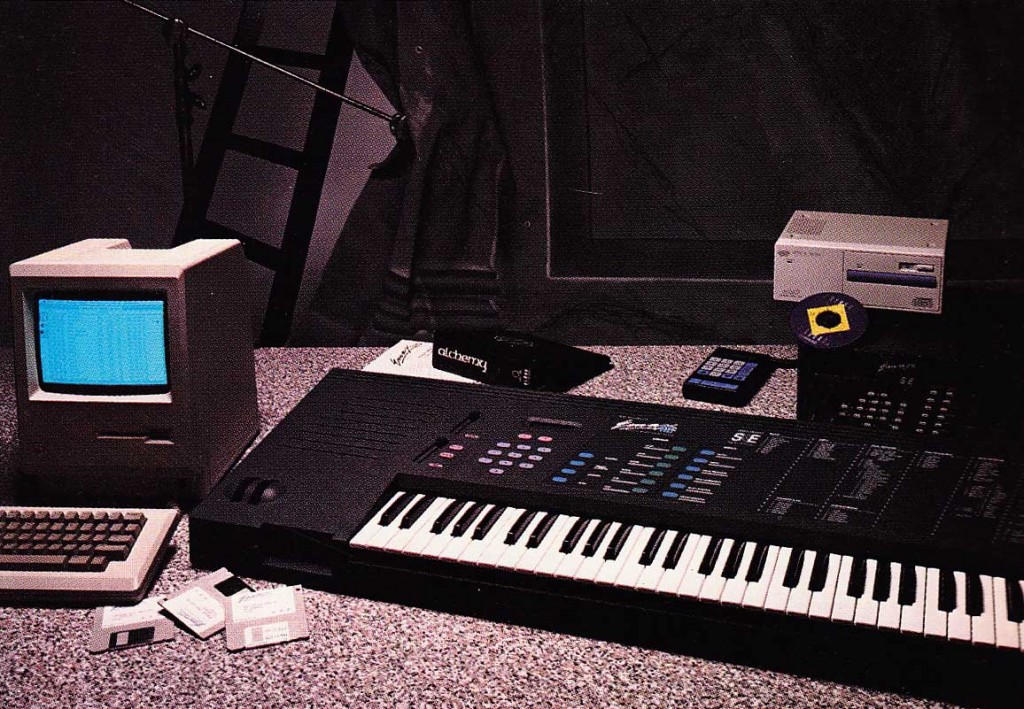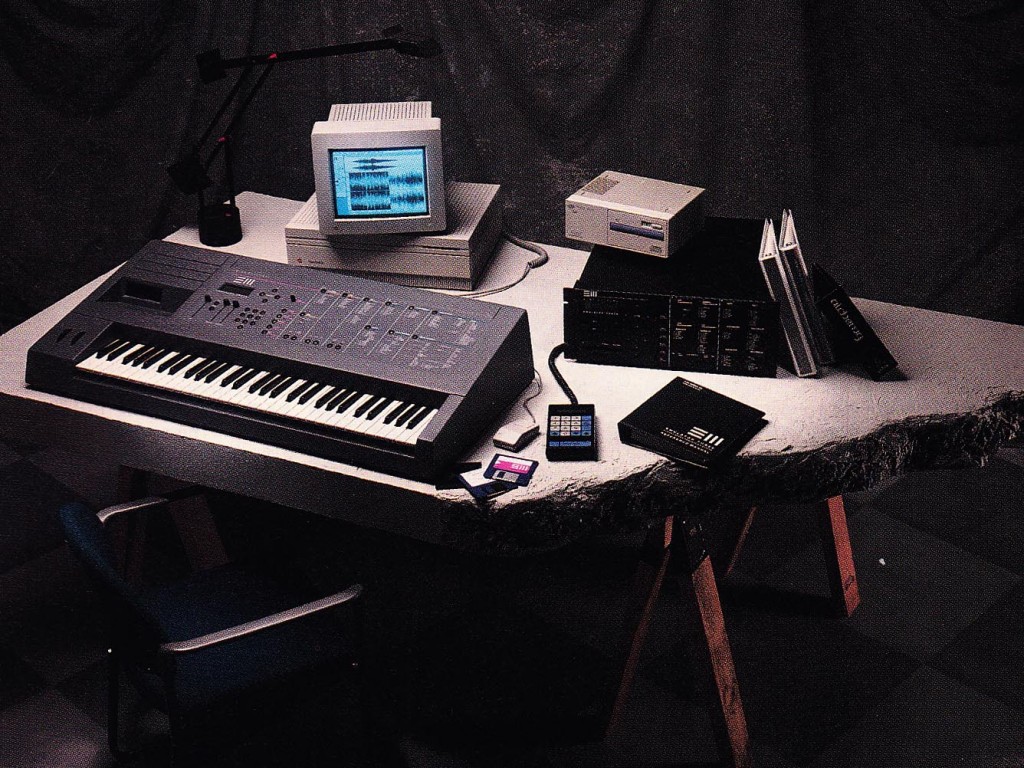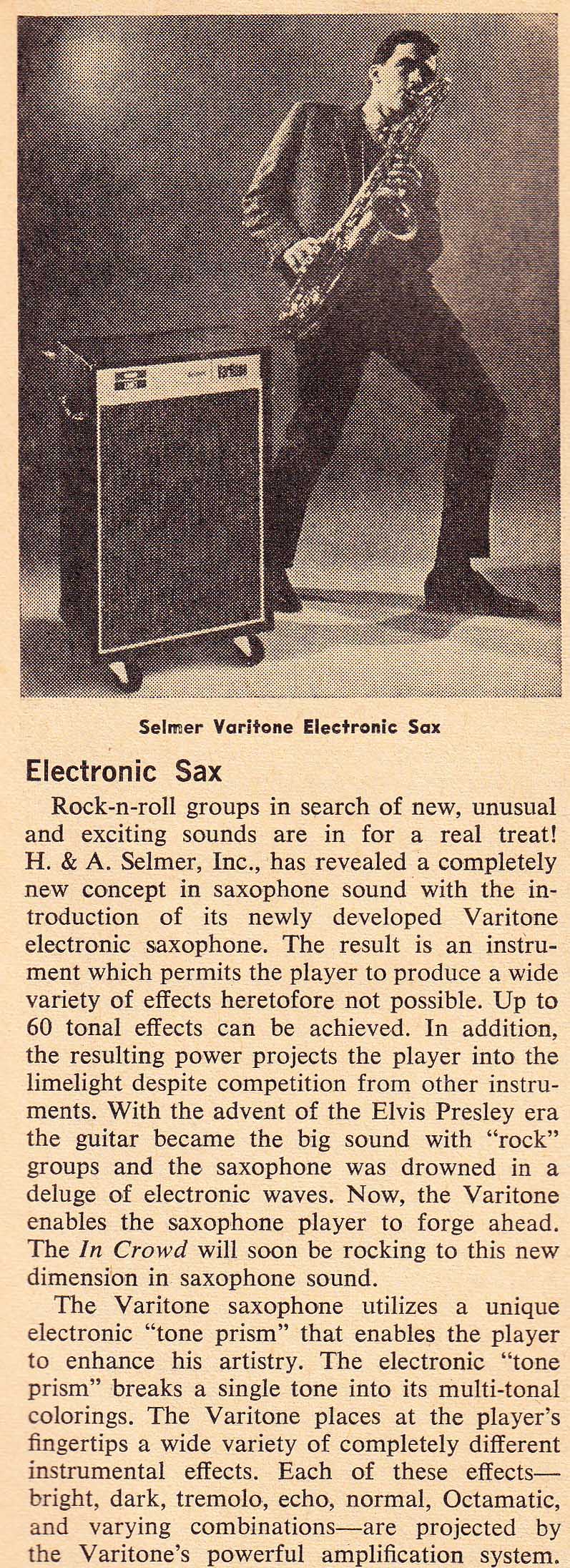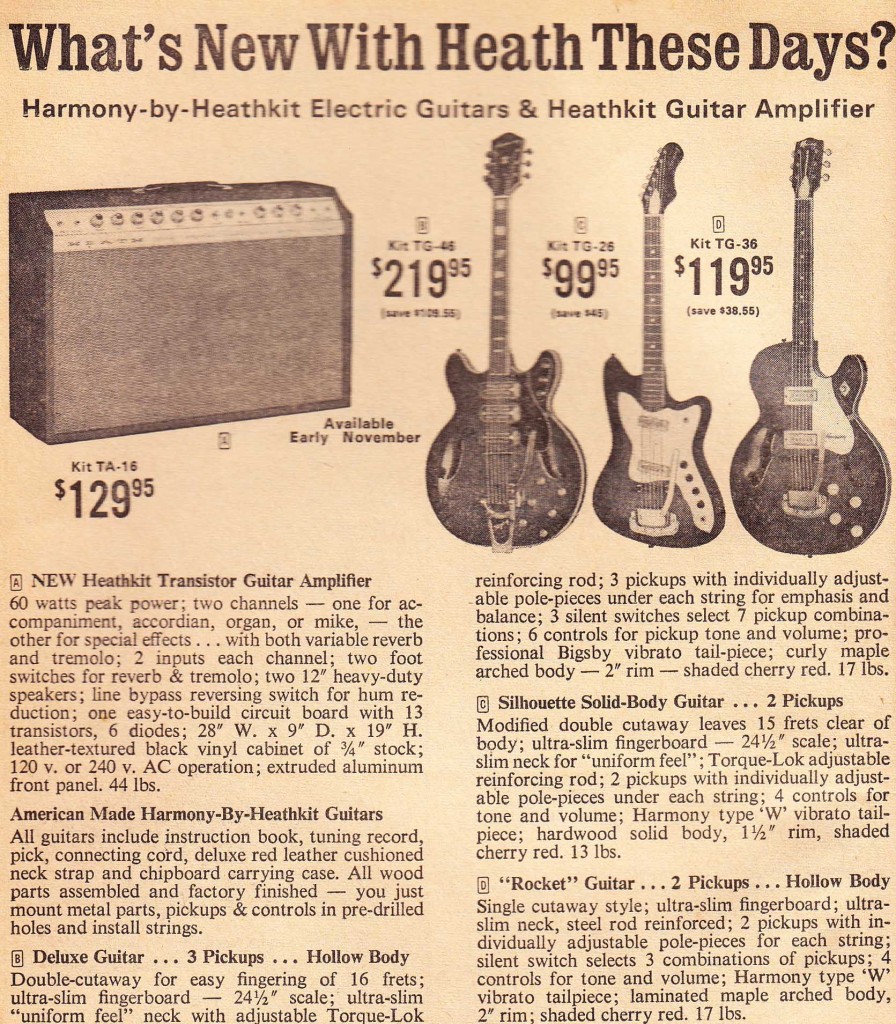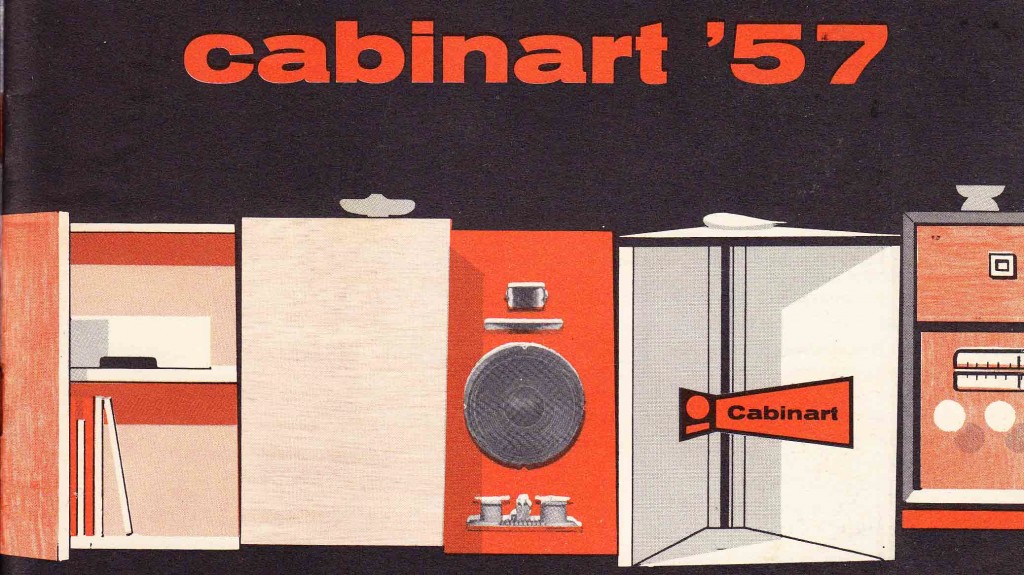 Download the complete 36pp 1957 Cabinart catalog (presented in three parts due to size)
Download the complete 36pp 1957 Cabinart catalog (presented in three parts due to size)
DOWNLOAD PART 1: Cabinart_1957_part1
DOWNLOAD PART 2: Cabinart_1957_part2
DOWNLOAD PART 3: Cabinart_1957_part3
Models covered include: well, hundreds of ’em. All intended for Mono operation, including the ‘Rebel’ series of corner-horns designed by Paul Klipsch.
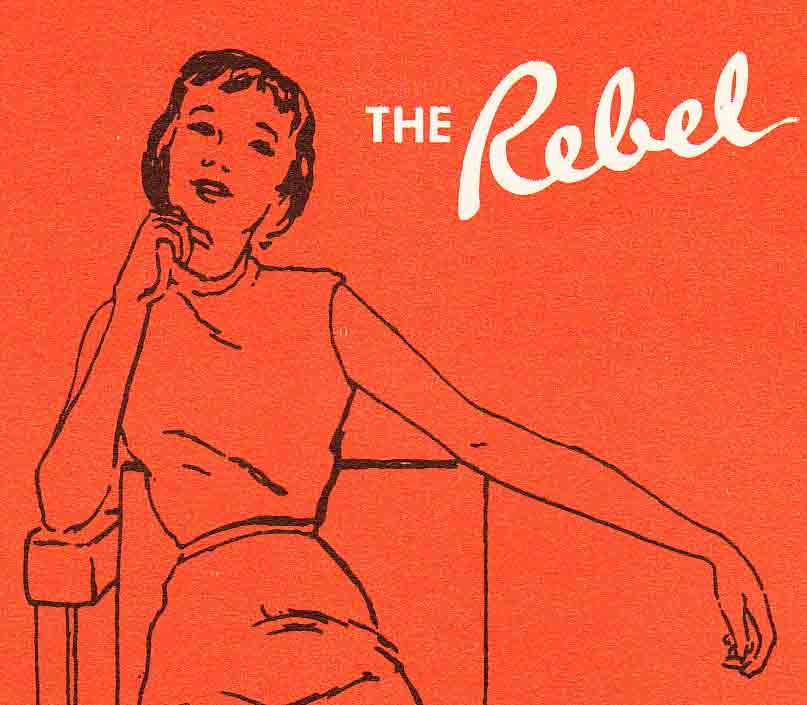
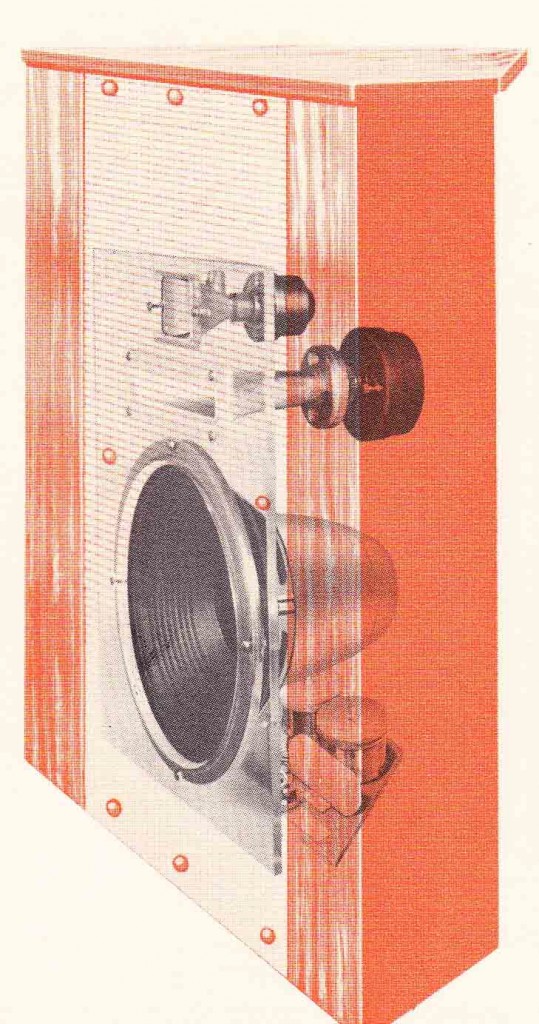 Above, the Rebel ‘Ortho 315’ which featured University (aka Altec) and Klipsch components.
Above, the Rebel ‘Ortho 315’ which featured University (aka Altec) and Klipsch components.
When I think of ‘Hi Fi Furniture’ I immediately envision the wares of the Bell’ogetti brand (now known simply as ‘Bell’o’). Their classic 80s and 90s designs were largely minimal, metal, and exposing the equipment in a dramatic manner. Hi-Fi furniture of the 50’s was designed rather to hide and/or disguise the equipment: to ‘blend’ with the more traditional home-furnishings such as the hutch and end-table.
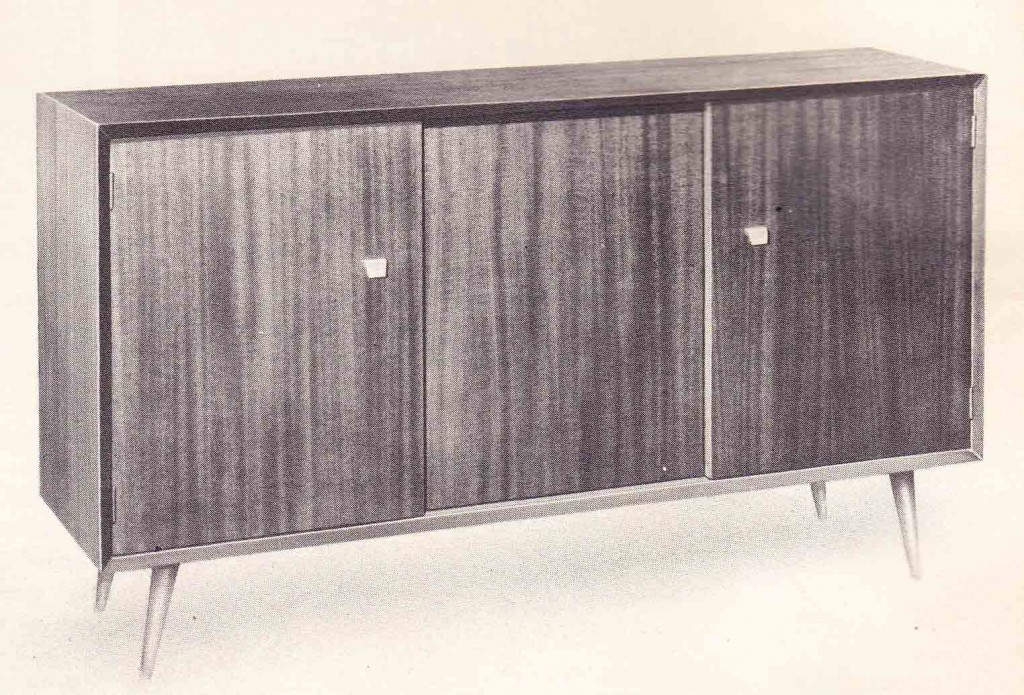
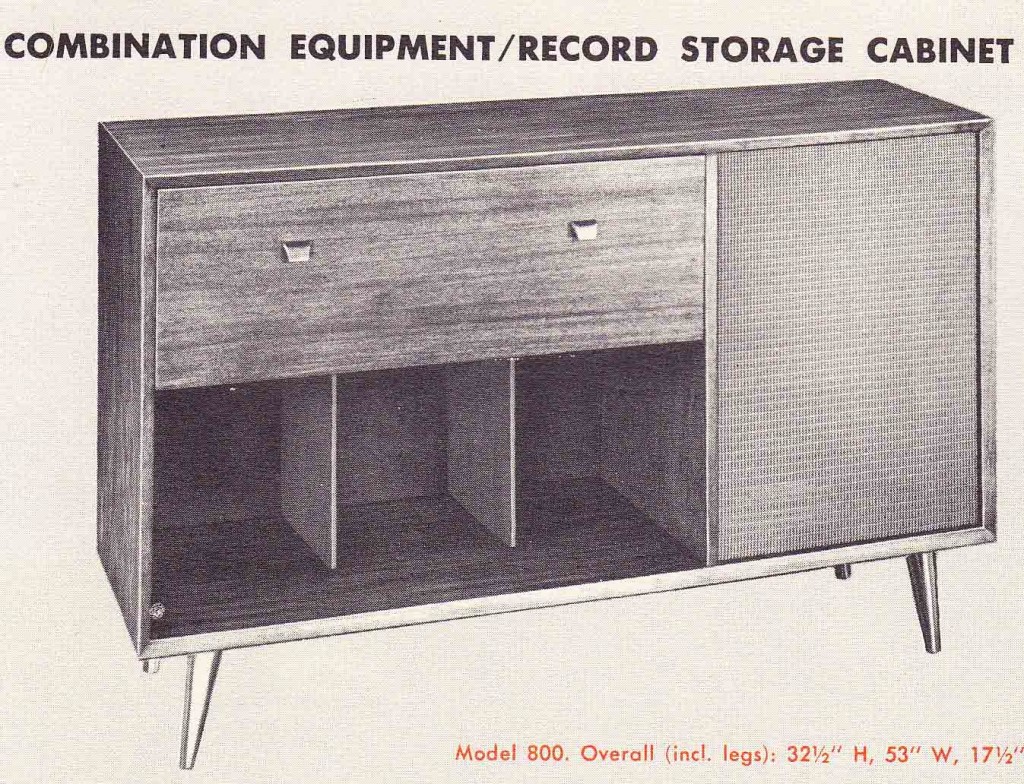
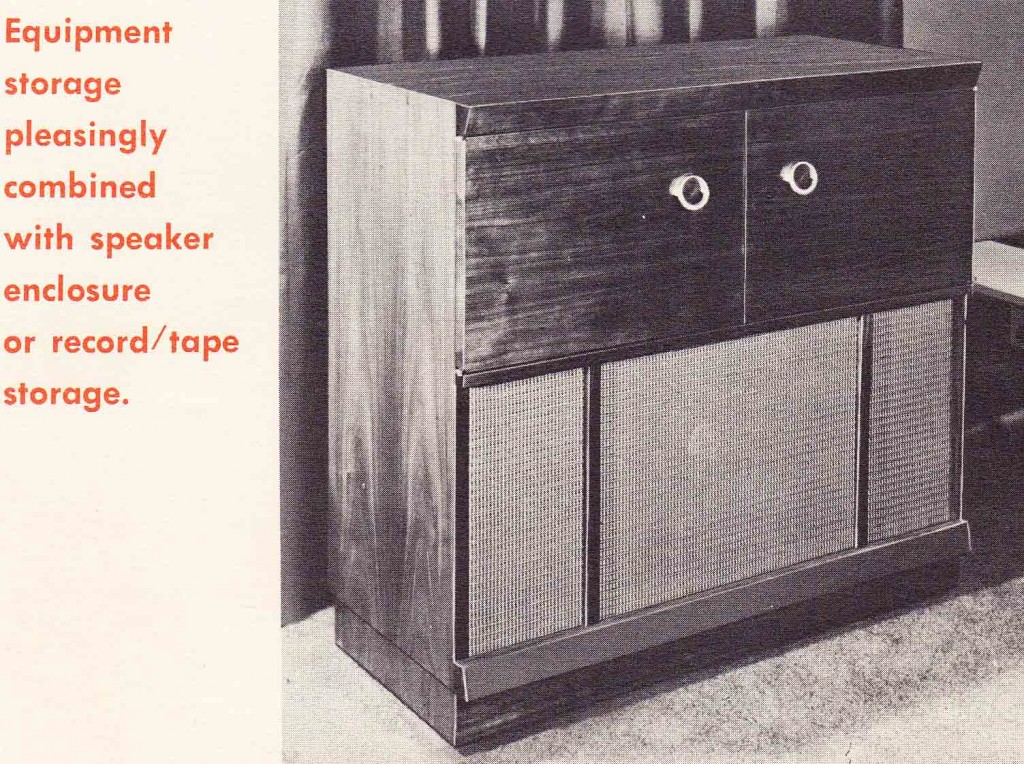
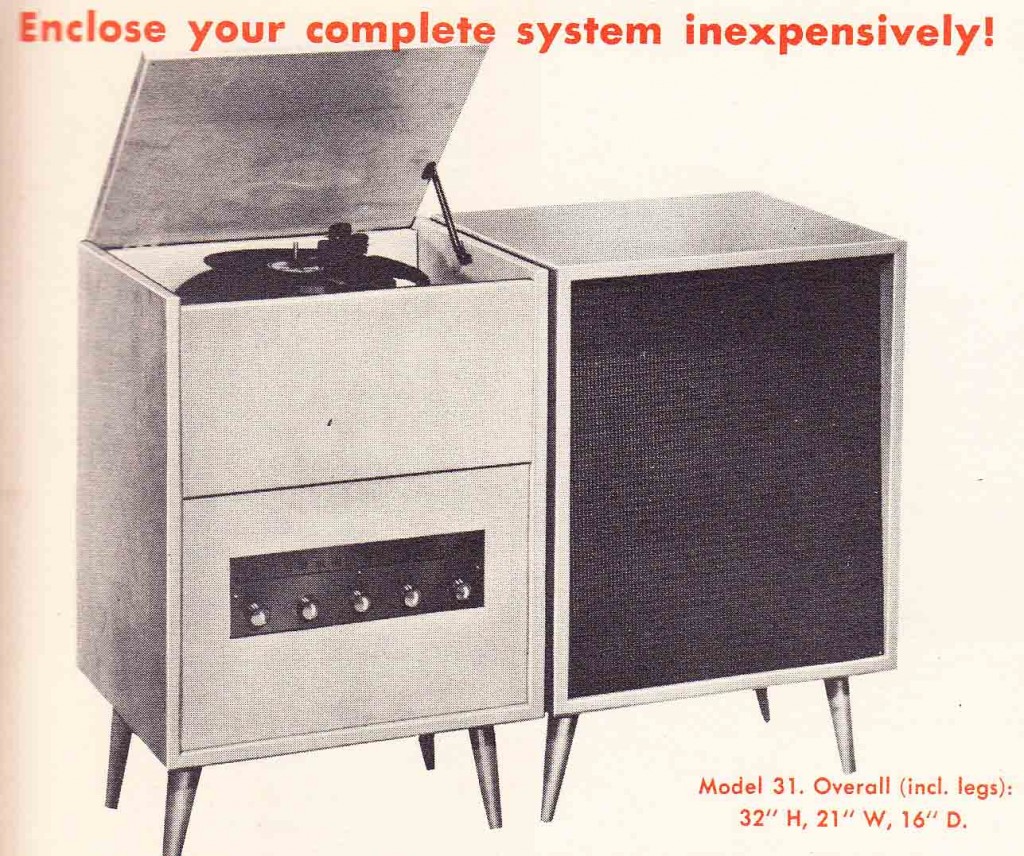 An interesting side-note: it seems like a mono-system offers more opportunities for designing attractive, unobtrusive hi-fi furniture. Once you can commit to a single set of speakers, why not simply put the components in the same spot? The whole system can be aesthetically unified, there are no wires running all over the place, etc. Stereo console-furniture was certainly made as well in the coming years, but at some point we seem to have entered an era of conspicuous display of audio equipment rather than following a policy of tasteful containment.
An interesting side-note: it seems like a mono-system offers more opportunities for designing attractive, unobtrusive hi-fi furniture. Once you can commit to a single set of speakers, why not simply put the components in the same spot? The whole system can be aesthetically unified, there are no wires running all over the place, etc. Stereo console-furniture was certainly made as well in the coming years, but at some point we seem to have entered an era of conspicuous display of audio equipment rather than following a policy of tasteful containment.
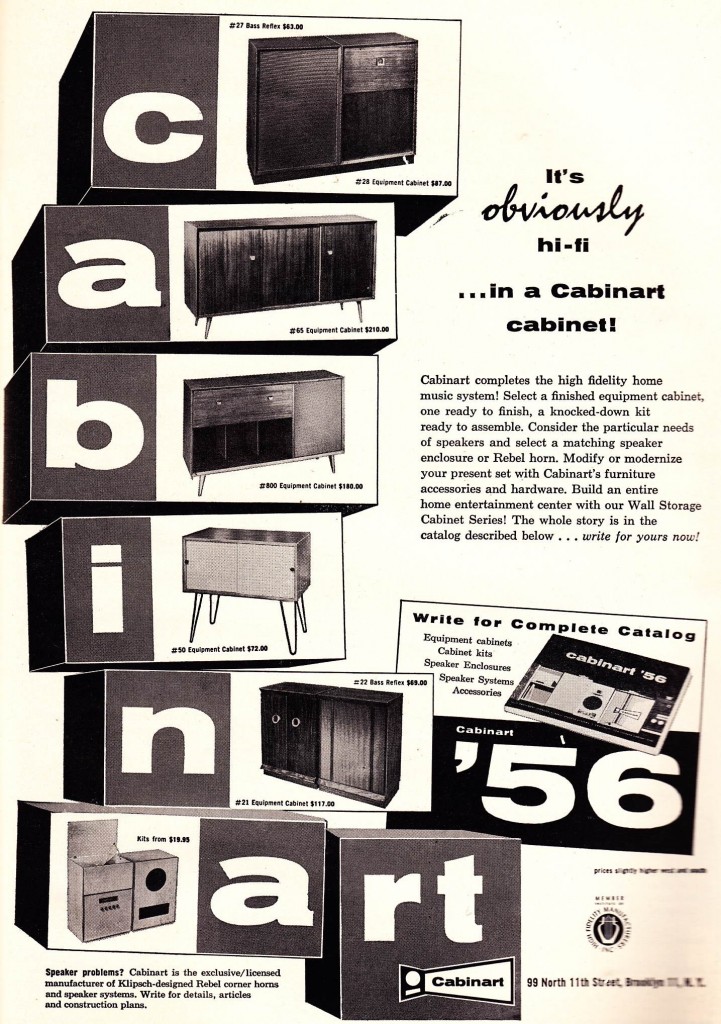 Above, a Cabinart print-ad from 1956. As the advert points out, most Cabinart models were available in three variants: assembled+ finished, ready-to-finish, or as ready-to-assemble-and-finish.
Above, a Cabinart print-ad from 1956. As the advert points out, most Cabinart models were available in three variants: assembled+ finished, ready-to-finish, or as ready-to-assemble-and-finish.
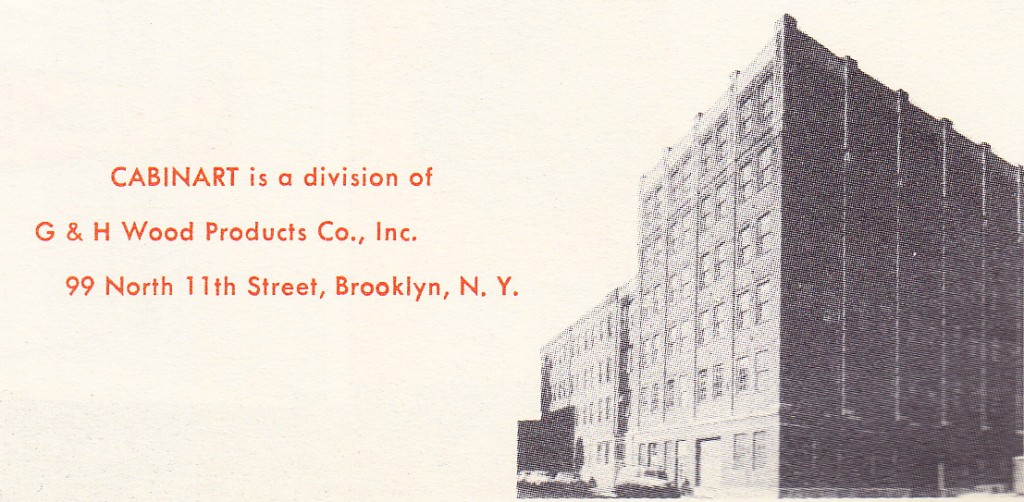
 Above, 99 North 11th street, Brooklyn, NY, former home of Cabinart, as it stands today. Lofts are available, btw. This structure is a stones-throw away from Beacon’s Closet and the Brooklyn Brewery, two icons of the ‘New-Williamsburg’ if ever there were.
Above, 99 North 11th street, Brooklyn, NY, former home of Cabinart, as it stands today. Lofts are available, btw. This structure is a stones-throw away from Beacon’s Closet and the Brooklyn Brewery, two icons of the ‘New-Williamsburg’ if ever there were.
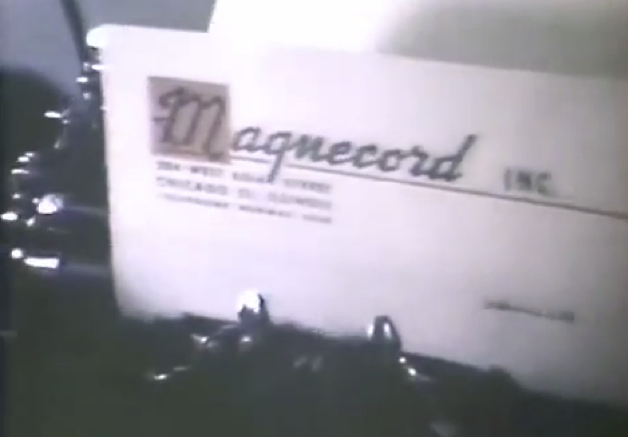 Thanks to H. Layer: A never-before-available Magnecord, INC factory-film circ 1955 (???) is now available on YouTube. These are the people that built the machines that powered broadcast tape-recording on the 1950s.
Thanks to H. Layer: A never-before-available Magnecord, INC factory-film circ 1955 (???) is now available on YouTube. These are the people that built the machines that powered broadcast tape-recording on the 1950s.